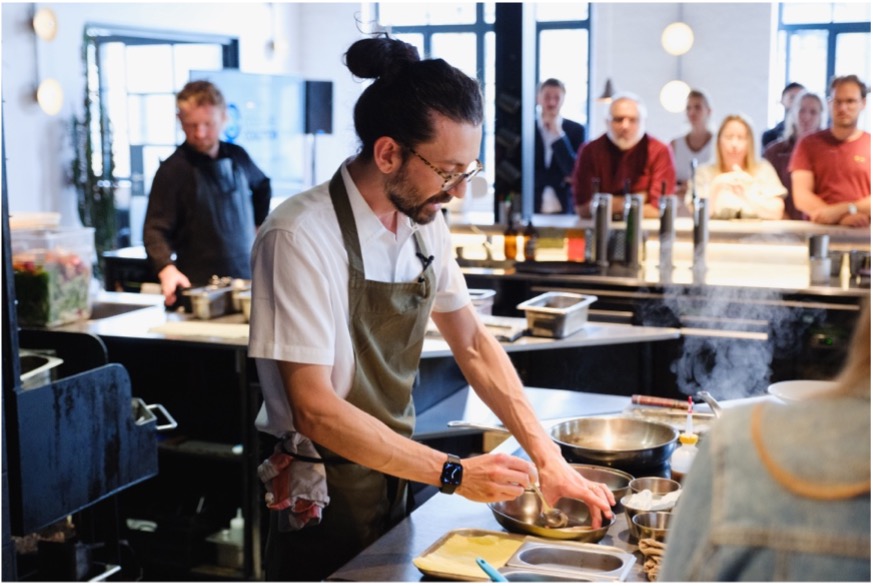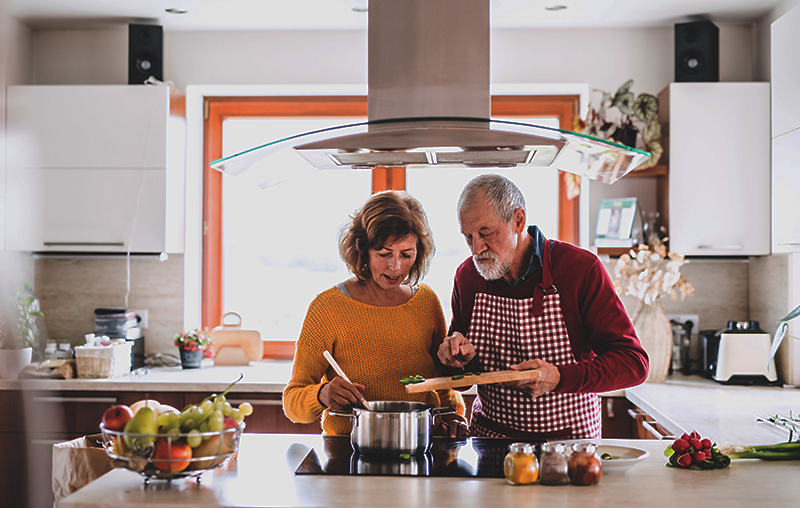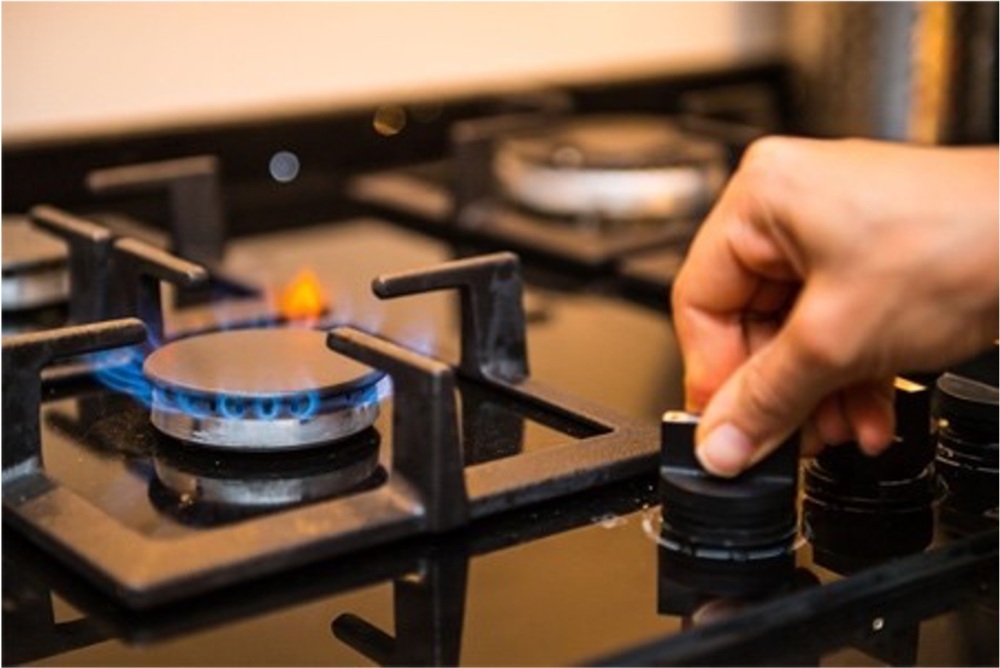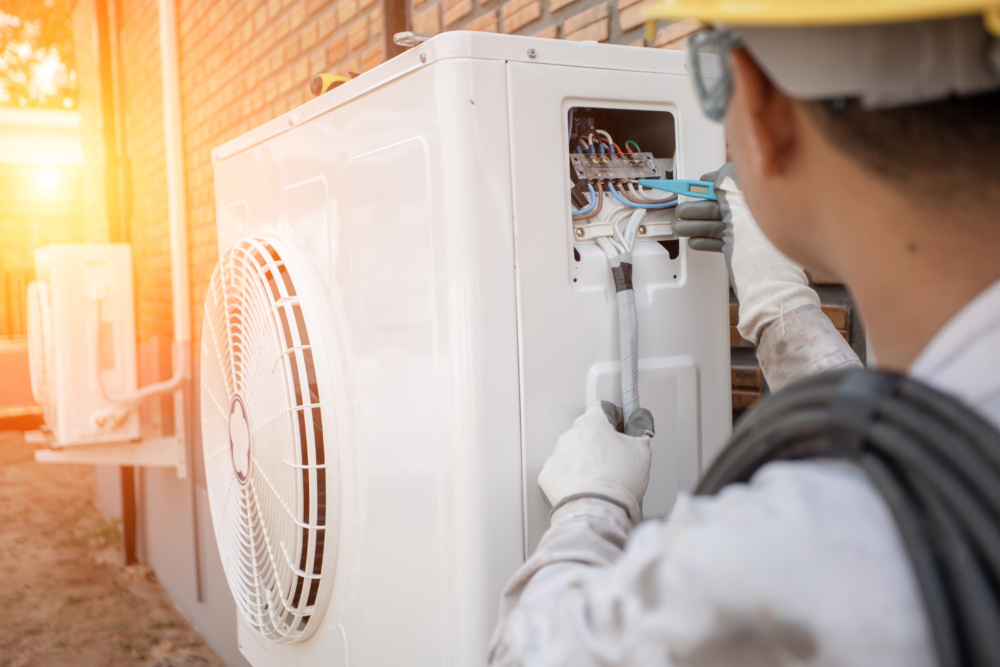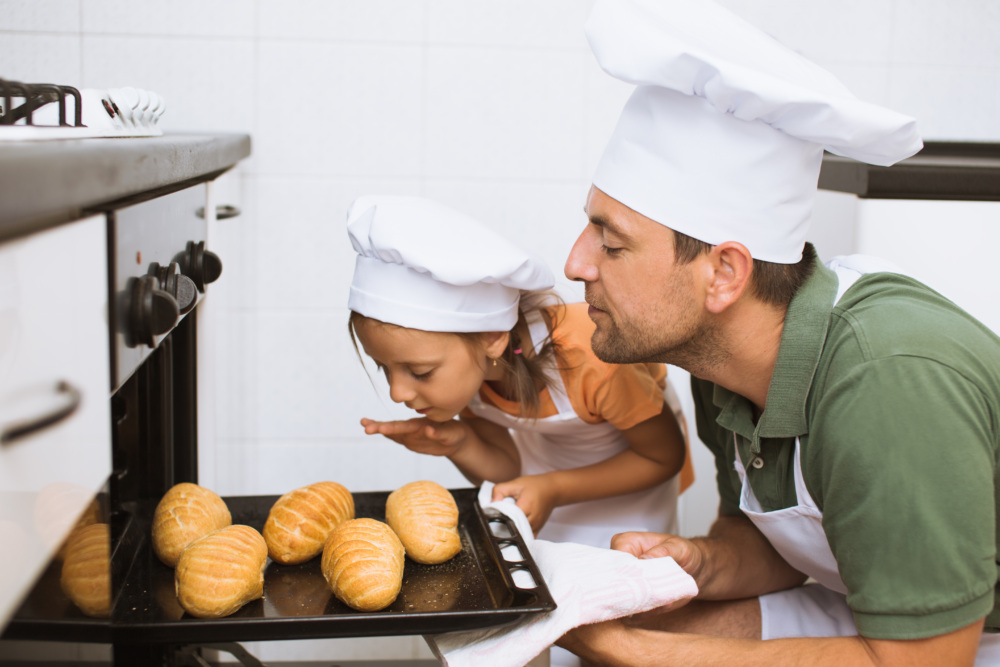Press Release: Gas cookers regularly breach air pollution limits
A new report from CLASP and EPHA suggests that cooking on gas in a typical kitchen without mechanical ventilation causes indoor NO2 pollution that exceeds World Health Organisation air quality guidelines and outdoor EU air pollution standards multiple times each week throughout the year.
Gas cookers regularly breach air pollution limits – study
Fears that winter energy crisis will worsen asthma burden
Home gas cookers cause weekly breaches of air pollution limits, a new study suggests.
The report by the non-profit energy efficiency group CLASP and European Public Health Alliance (EPHA) with technical input [1] by the Organisation for Applied Scientific Research (TNO) suggests that cooking on gas in a typical kitchen without mechanical ventilation causes indoor nitrogen dioxide (NO2) pollution that exceeds World Health Organisation air quality guidelines and outdoor EU air pollution standards multiple times each week throughout the year.
Separate TNO lab tests showed that gas hobs also produced carbon monoxide, ultrafine particles and other pollutants that can cause severe health effects, particularly for children. The number of children in the EU with asthma symptoms occurring within the last 12 months due to cooking on gas is estimated at over 700,000, or 12% of EU child current asthma cases, according to the report.
Over 100 million EU citizens cook on gas, including more than half of all homes in Hungary, Italy, the Netherlands, Romania and Slovakia. Health groups fear that the situation could get especially bad due to the energy crisis this winter, as people reduce ventilation to save heat and money.
CLASP CEO, Christine Egan, said: “People spend the majority of our time indoors. Indoor air quality can have a major impact on our health and well-being. Few people are aware of the harmful risks posed by gas cooking appliances – cooking your dinner could expose you to as many pollutants as second hand smoke. Gas cooking appliances need health warning labels like cigarette packets. EU officials have an obligation to consider these health risks.”
The American Medical Association recently noted that gas stoves increase household air pollution and the risk of childhood asthma and its severity. Previous research has linked home gas use to attention deficit hyperactivity disorder in young children. A recent study suggests that cooking with gas during pregnancy can result in hyperactivity in toddlers. Pollution from gas cooking has been shown to also have negative impacts on the respiratory and nervous systems of adults.
EPHA director general, Dr Milka Sokolović, said: “We fear that indoor air quality could get especially bad this winter in homes using gas cookers, as people reduce ventilation and avoid opening windows to save heat and money during the energy crisis. With fewer air exchanges with the outside, it is increasingly important to tackle indoor sources of air pollution, such as gas stoves. Children and people with pre-existing respiratory conditions are most at risk of negative health impacts.”
For all the health and environmental damage that is linked to burning fossil fuels in our homes, governments have a responsibility to set in place frameworks that lead us away from gas and towards clean electric cooking. The current revision of the cooking appliances regulation provides an opportunity for the EU to prove that it is living up to its Zero Pollution vision and ambition.”
EU officials have a treaty obligation to factor in health when regulating, as recently confirmed by the European Court of Justice. But current domestic cooking standards fail to do so, CLASP and EPHA said. New standards are expected next year. But while the preparatory study acknowledged that cooking “is a significant source of indoor pollutants” with gas creating additional pollution, the study was limited to mitigation measures. Gas cookers should be phased out under Ecodesign regulations, the groups said.
Learn more about CLASP’s efforts to phase out gas cooking in Europe on our webpage here.
Notes
[1] TNO simulated the cooking of typical European meals on gas over a one week period using average cooking techniques in average kitchen conditions with no use of range hoods venting to the outside. In all the simulations where mechanical ventilation was not used, the EU outdoor hourly limit value of 200 µg/m3 NO2 was exceeded indoors above the permitted 18 hours per year. Kitchen size is a factor and ventilation reduces pollution, but vents are often ineffective, insufficient or underused, the report notes.
Contacts
- CLASP Europe Director Nicole Kearney (EN) +44 75 4486 5924
- CLASP Europe Senior Advisor Michael Scholand (EN) +44 7931 701 568
- EPHA Junior Policy Manager Cristina Pricop (EN, RO) +32 499 35 12 89
- CLASP Communications Manager Hannah Blair (EN) +1 225 239 9014
- CLASP Communications Consultant Jack Hunter (EN) +33 751 051 805
- TNO Press Officer Kees Nanninga (EN, NL, DE) +31 88 866 10 17

